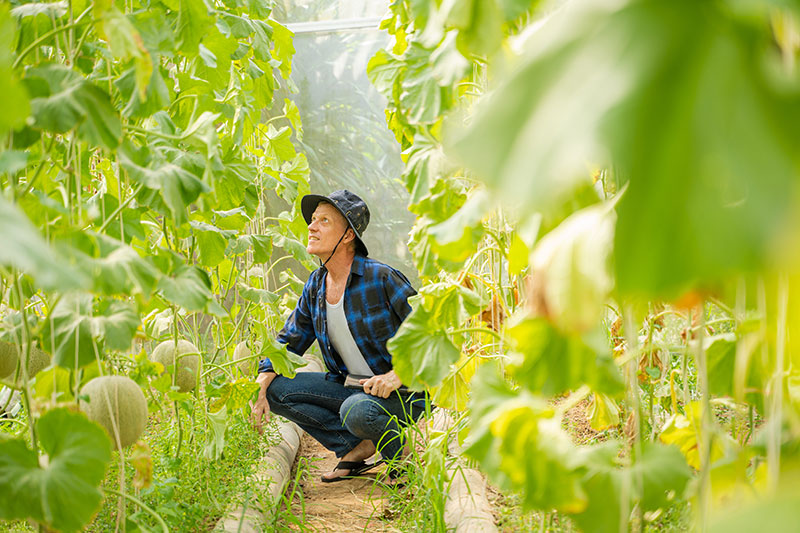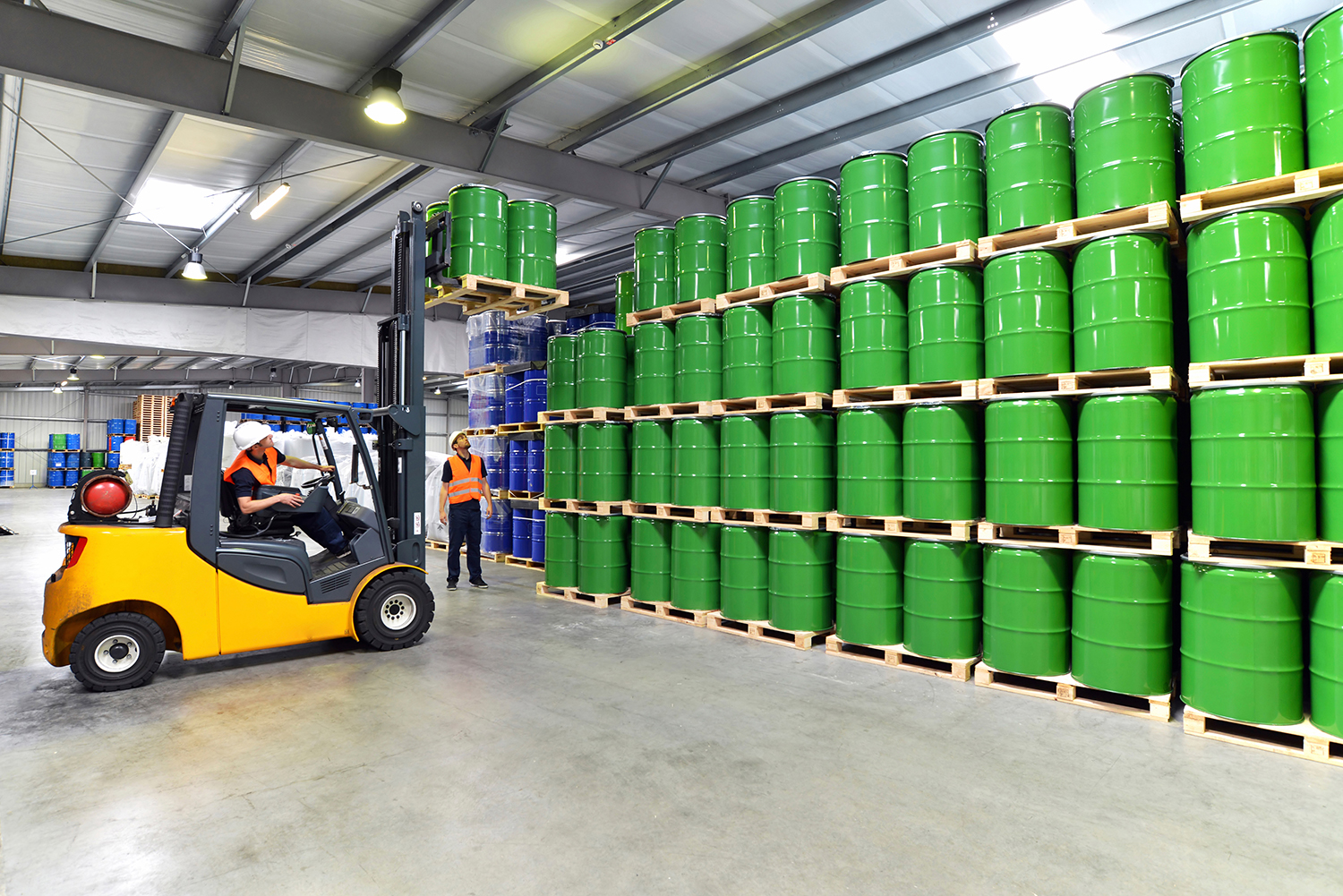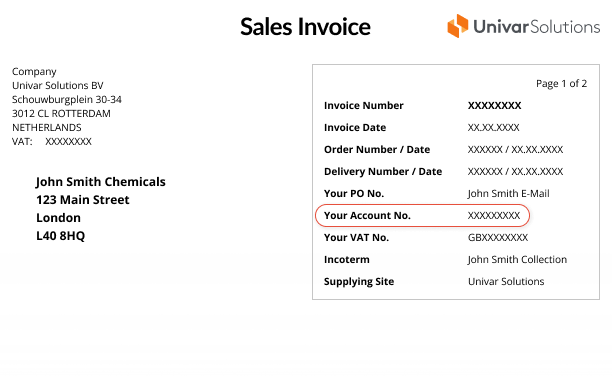We’re here to provide you with more information or help answer any questions you might have. Send us a note and we’ll get back to you as soon as possible.


Natural or Bio-based


Natural or bio-based


Sustainable solutions
for commercial success
Bio-based and/or Natural Products
Sustainability Characteristic Definition
This sustainability characteristic seeks to provide customers with important information regarding the feedstocks and processing methods used to create each product. To be considered bio-based, a product must contain ≥25% bio-based feedstocks by mass.


This threshold is based on USDA BioPreferred program’s voluntary labelling initiative which sets a threshold of 25% bio-based content. Similarly, to be considered natural a product must contain ≥25% natural content, which is derived from natural feedstocks and processed minimally using methods outlined by ISO 16128:1-2016. Please note that here, “natural” does not refer to specific regulatory language such as that defined by TSCA or REACH, nor does it include ingredients from fossil-based feedstocks.
Natural Products
Natural products contain ≥25% natural content by mass, where “natural” aligns with the ISO 16128:1-2016 Section 2.1 definition for “natural ingredients.” Although ISO 16128:1-2016 is created for personal care products, many customers are comfortable applying this definition beyond personal care because today there is no globally accepted definition of natural.
Based on this guideline, natural feedstocks may originate from non-Genetically Modified (non-GMO[1]) bio-based feedstocks (plants, fungi, animals, and/or microbes) or minerals, and are not derived from fossil-based materials such as coal or petroleum. After extraction/harvest, these materials are only minimally processed using physical processing such as grinding, drying, centrifuging, distillation, and/or extraction using solvents[2], and fermentation reactions that occur in nature and lead to naturally occurring molecules.
Evidence of naturality should include the natural material feedstock and the Natural Index and/or natural content by mass. If natural content can only be estimated in a range, then the minimum natural content should be given. Natural content should be calculated on a basis of dry mass, mass without added water, or mass without formulation water as defined by ISO 16128:1-2016 section 2.4. The calculation for a Natural Index excluding formulation water is given in section 5.1.3 of ISO 16128:2-2017. Alternatively, the supplier may provide documentation to show what ingredients are present, at what concentration the ingredients are present in the product, and briefly detailing what processing steps are used to convert the raw material to the final product.
[1] As defined by the Food and Drug Administration (FDA)
[2] Look to ISO 16128:1-2016 Annex A for guidance as to which solvents should be used to extract natural ingredients.
Bio-based Products
Bio-based products are derived from ≥25% bio-based feedstocks such as plants, fungi, animals, and microbes. Bio-based ingredients can be chemically processed or genetically modified, while natural ingredients cannot. For this reason, the supplier should provide documentation which makes it clear if the product is natural, bio-based, or both.
Evidence of bio-based characterization should include the identity of the biological feedstock and the bio-based content by mass. If bio-based content can only be estimated in a range, then the minimum bio-based content should be given. The supplier should specify whether the bio-based content is being calculated on a total mass basis, a dry mass basis, or mass without added water.
How are bio-based and natural products different?
A product can be bio-based, natural, or both. A product is bio-based when the feedstocks are from biological material such as plants, animals, fungi, or microbes. The processing of these biological feedstocks is not the primary consideration. Bio-based feedstocks are renewable, and they contribute to a lower product carbon footprint when compared fossil-based feedstocks.
The criterion for a natural product depends on the processing that the feedstocks undergo through the value chain in addition to the feedstocks used. Natural products start with bio-based and/or mineral feedstocks, which undergo simple processing methods like grinding, drying, centrifuging, distillation, and/or extraction using solvents, and fermentation reactions that occur in nature and lead to naturally occurring molecules.
Natural or Bio-based products have documentation to support their composition. Listed below are a few examples, and this list will continue to grow as Univar Solutions receives data from suppliers.




Natural Products
- A statement of Naturality indicating the natural feedstock and providing a Natural Index and/or Organic Index of ≥ 0.25 per ISO 16128:2-2017 excluding formation water per section 5.1.3 of that standard
- A statement recognizing the product as “Natural” according to the American Association of Feed Control Officials (AAFCO)
- A statement recognizing the product as a naturally occurring substance according to TSCA or REACH, provided that the product is not a fossil fuel-based material
- A signed statement on company letterhead that says ≥25% of the product’s content is from specified natural (bio-based or mineral) feedstocks and is minimally processed using specified methods
- A Technical Data Sheet, Safety Data Sheet, Product Data Sheet, or an ingredients list specifying:
- Concentration of natural ingredients in the final product, if less than 100%
- Raw material origin of each natural ingredient, if unclear
- A brief explanation of how each natural ingredient is processed, if unclear
- A Life Cycle Analysis (LCA)
Bio-based Products
- A signed statement on company letterhead that says ≥25% of the product’s content is from specified bio-based feedstocks
- An ISCC PLUS Bio Material or Bio-Circular Material Certificate from International Sustainability & Carbon Certification indicating ≥25% bio-based content
- An ingredients list specifying:
- Concentration of each bio-based ingredient in the final product
- Raw material origin of each bio-based ingredient, if unclear
- USDA Organic Label, or “Made with Organic [specific ingredient or food group]” Label
Provided that all ingredients are of organic chemical structure, the following documentation is acceptable:
- A statement of naturality specifying a bio-based feedstock and a Natural Index (NI) and/or Natural Origin Index (NOI), Organic Index, or Organic Origin Index ≥ 0.25 per ISO 16128:2-2017
- EcoCert Natural and Organic Cosmetics certification
- A Technical Data Sheet specifying the bio-based feedstock and a renewable carbon content of ≥25% by ASTM D6866 or other C14 method, or renewable carbon index
- A USDA BioPreferred product certification
- A BioPreferred Technical Data Sheet specifying Bio-Carbon content ≥25% and denoting the bio-based feedstock
- COSMOS certified organic certified ingredients, and COSMOS approved natural raw materials
- EU Organic certification (based on Regulation (EU) 2018/848)
- A Technical Data Sheet, Safety Data Sheet, Product Data Sheet, or an ingredients list specifying:
- Type of bio-based feedstock, if unclear
AND
-
- Concentration of each bio-based ingredients in the final product, if less than 100%, OR
- Renewable carbon content/Renewable Carbon Index of ≥25% by ASTM D6866 or other C14 method
- A Life Cycle Analysis (LCA)
Customers should note that some of these certifications are specific to end uses, and that they may be directly or indirectly relevant to our customers’ specific end uses.


Flowchart to determine if a product is Bio-based for Suppliers


Flowchart to determine if a product is Natural for Suppliers


Sustainability adds value and makes business sense.
By leveraging our strong portfolio of sustainable products, services, practices and technologies to aid customers and consumers in meeting their sustainability goals, we demonstrate our commitment to sustainability and vision for a better world.
Sustainability makes good business sense and aligns with our core values of being serious about safety, a place where people matter, a company that's valuable to others and does what they say so that together, we win. Combined, these sustainability principles illustrate how through common goals, we can work toward a better tomorrow through next-generation solutions.




Sustainable services
- Low carbon deliveries
- Sustainable reconditioned packaging
- Formulate for end market sustainability
- Diversity, Equity and Inclusion (DEI) »
NOTICE: All product information is provided in good faith and is believed to be accurate as of the date of publication based on information received from the supplier and secondary databases. However, Univar Solutions is not able to verify whether third-party data is accurate, complete, and up-to-date and assumes no responsibility, obligation, or liability for the information provided. NO GUARANTEES OR WARRANTIES ARE GIVEN AND ALL IMPLIED WARRANTIES, SUCH AS THOSE OF MERCHANTABILTIY OR FITNESS FOR A PARTICULAR PURPOSE, ARE EXPRESSLY EXCLUDED. Customer is solely responsible for determining whether products and/or the information provided are appropriate for Customer’s use, and Customer assumes all risk and liability in acting on the information provided.
Our Suppliers also sign our Supplier Code of Conduct so you can be assured that we are working throughout our supply chain to transparently create our Sustainable & Natural Products Portfolio.


